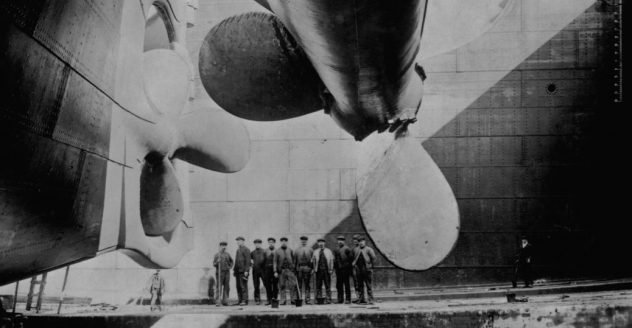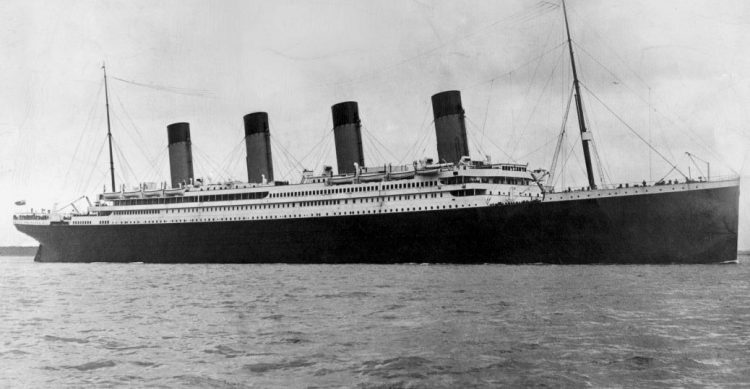 By Courtney Robertson (Vice-Principal/Teacher/MEd in IE)
By Courtney Robertson (Vice-Principal/Teacher/MEd in IE)
Here we are at the forefront of yet another school year! Many of us will have nervous tummies, restless nights, worries and excited moments in the coming days as we prepare to return to our classrooms and teaching loads. Amidst all of these different emotions come the reality that the landscape of teaching has changed. In B.C., Canada, we are becoming more familiar with a new curriculum, being challenged to reflect on and further develop our teaching practice, and move towards differentiated and child-guided learning. So how then, in this shifting climate, do we keep the ideals of Imaginative Education (IE) in mind? Perhaps it is important to revisit how well aligned IE is with new, innovative practices and expectations for instruction, and how it will help guide and support our teaching this new school year.
If you will humour me, I ask that you spend a moment and think back to something you loved learning about. For me it was the Titanic. Now you may ask, where does the titanic fit into any provincial curricular expectations? And you would be right if you thought it didn’t. But this topic grabbed a hold of me and never let go.
Now being an educator, I reflect on what the “wonder” was that got me. After spending two years studying the pedagogy of IE I realize now that the reason why I was hooked was for the human connection and emotional engagement of the topic. I spent countless hours delving into the passenger lists and their stories. I wanted to know who they were, where they came from, where they were going, and in all honesty, anything else I could get my hands on. From the 3rd-class family of 10 that all perished, to the 1st-class department store owners that chose to go down with the ship together, all of these stories made me thirst for more information.

http://www.history.com/topics/titanic/pictures
So how do we share this kind of emotional engagement with our students? Now more than ever, educators have the opportunity to teach concepts through many different means to engage and interest students. What can we learn from my obsession with the Titanic? I think first and foremost my example shows that we need to make sure to teach from the emotional and human importance of a topic. We want our students to see the wonder in learning and topics themselves. This is an easy way to keep IE in mind. We humans are emotional creatures and it is how we relate and engage with the world and others. Teaching from this place will only provide our students with the opportunity to connect with the topic on a more complex and deep level for sure! Let’s apply this thinking to other curriculum topics: What is the “story” behind base 10 counting? Who was Pythagoras the man? Who identified the states of matter?
Everything we want students to learn has an emotional and engaging component…we as educators just need to find it and plan our teaching around it!
When delving into the Titanic, which truthfully remains with me to this day, I wanted to know about every detail. How long was the vessel? How much did it weigh? How many people did it take to build it? How much did tickets cost? Likewise I wanted to know how it broke apart. The questions went on and on in my mind.

http://www.history.com/topics/titanic/pictures
This again gives us some insight into the mind of a learner. At different times in our lives, we tend to use some cognitive tools more than others. While younger students may want to know about the puzzle of the building of a ship and the roles of the ship captain and stokers, intermediate students’ cognitive tools encourage them to investigate the extremes and limits of the ship and its’ passengers. Likewise, intermediate students will likely want to form collections, perhaps in regards to the different classes, and places that passengers originated from. Older students would perhaps delve into the extravagance of ship building and how the class system was exclusionary to so many and why. The cognitive tools that students tap into during different times through their schooling again should be at the forefront of our practice, as a way to fully engage our learners in the topics that we teach them throughout the year.
I wish you all the best in the coming school year and hope that by keeping IE in mind, it can drive your practice further and engage your students in the wonder of learning! Want to know more? Please visit the Tools of Imagination series on imaginED to learn more about cognitive tools and the “kinds of understanding” all imaginative educators develop in their classrooms. Subscribe to imaginED for a weekly email with the latest resources from imaginative educators.
Courtney Robertson is a Vice-Principal and educator with the Langley School District. She is an MEd graduate from SFU with a focus in Imaginative Education. Follow her on Twitter @wonderanded
Also by Courtney on imaginED: Doing Learning In Depth: 10 Tips For Success


I just started my Masters in Imaginative Education this weekend, and reading your article has made me even more excited! I was feeling overwhelmed and unsure whether I was in over my head, but I really connected to your story and now feel more confident going forward that I made the right choice. Thank you! 🙂
Hi Andrea!
Thank you so much for your feedback. Just so you know, I felt that way as well when I began, but I found that as I continued reading and building my comprehension of IE and Egan’s ideas, I became more confident in my understanding. I am still revisiting and building my understanding! Remember that you cannot learn something overnight, and as you explore, experiment, and connect emotionally with IE, it becomes easier to identify and use in your practice. Enjoy it! I cannot say enough about my MEd studies. They have truly shifted and evolved my practice! All the best!